Reportar esta entrada
Más sobre la misma comunidad-colección
Robert E. McKee Five Points Terminal
The picture shows the bus terminal Robert E. McKee Five Points ...
Border Juventud autobús por Grave Herrera, Jeri Navarro y Dekan Ortega
This bus was decorated for the Chalk the Block festival in 2011. ...
Usuarios de autobuses en San Jacinto Plaza
The image depicts bus riders at San Jacinto Plaza waiting for ...
Great American Land and Cattle Company, 2220 N. Yarbrough
Jack Nunn, original founder of the Great American Land and ...
Great American Land and Cattle Company, 2220 N. Yarbrough
Jack Nunn, original founder of the Great American Land and ...
Great American Land and Cattle Company, 2220 N. Yarbrough
Jack Nunn, original founder of the Great American Land and ...
La Carretera Transmountain con amapolas florecientes - El Paso, Tejas
The image shows Transmountain Road, Northeast El Paso, Texas ...
Train crossing Birch at Chico 12-19-08b
The El Paso and Northeastern Railroad Company was chartered on ...
Tren, cerca de Paisano Ejecutivo 12-1-08a
train, Paisano at Executive 12-1-08 a & b Same train in ...
Great American Land and Cattle Company, 2220 N. Yarbrough
Jack Nunn, original founder of the Great American Land and ...

















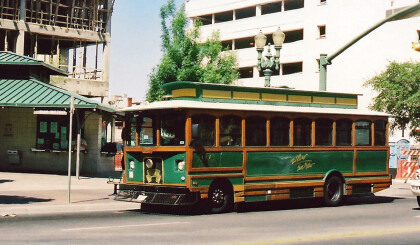
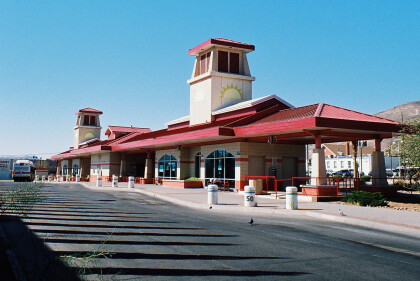
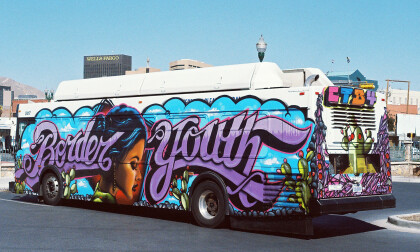
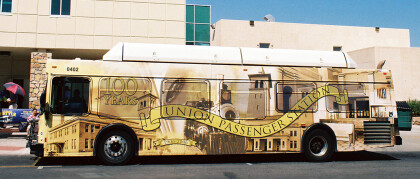
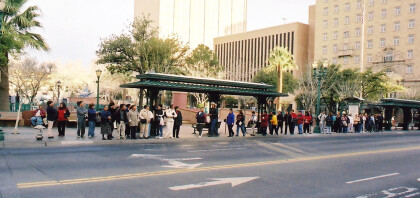
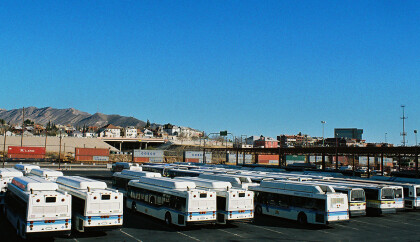
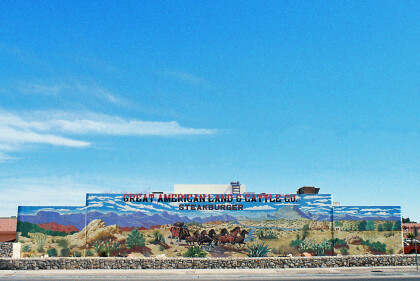
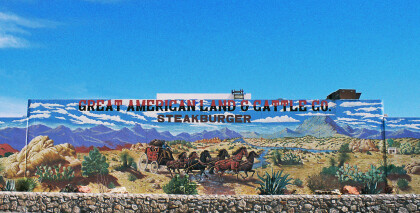
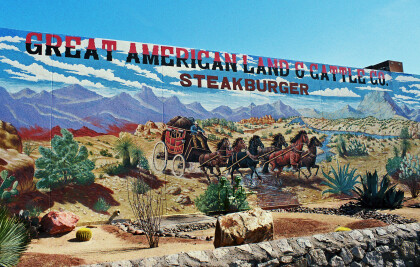
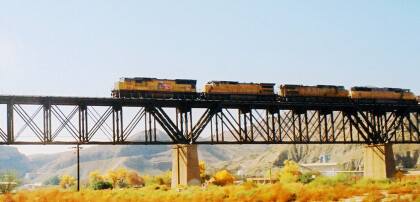
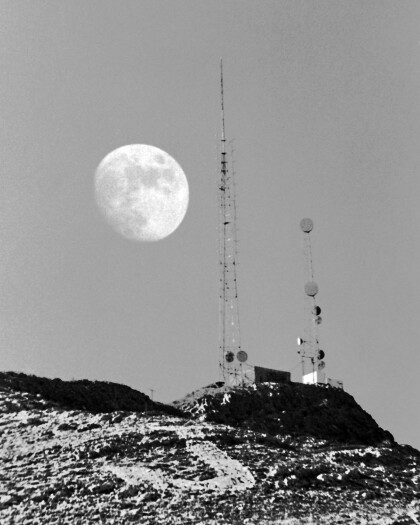
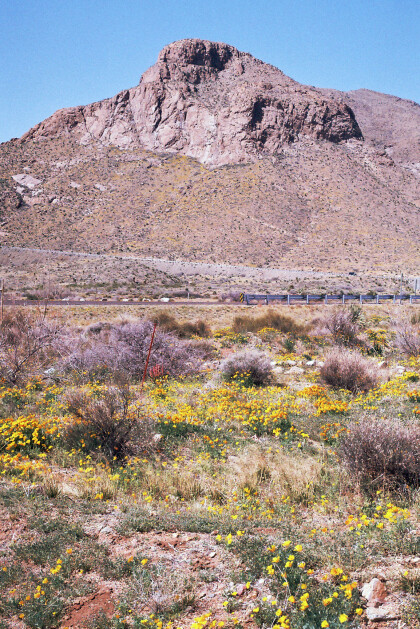
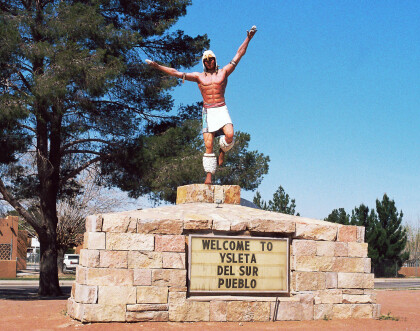
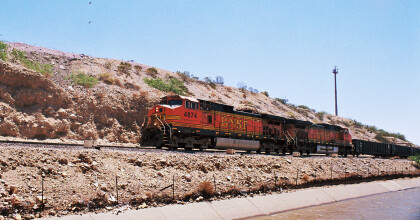
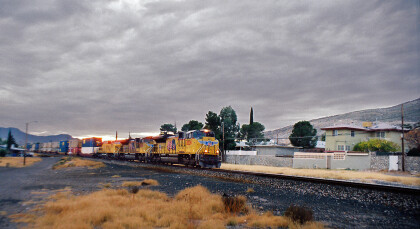
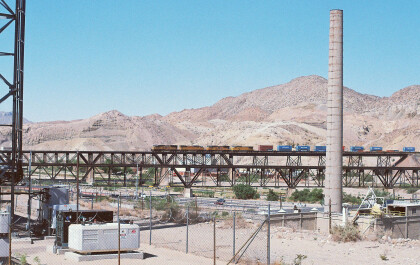
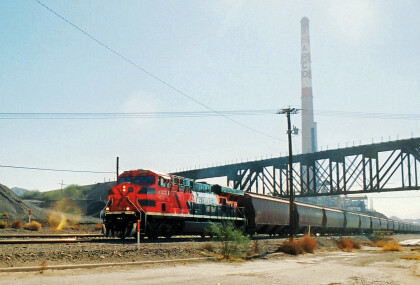
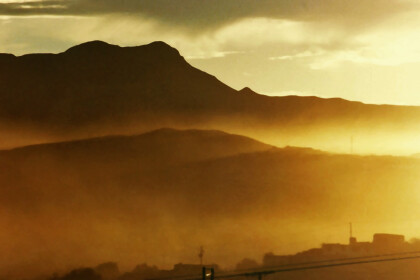
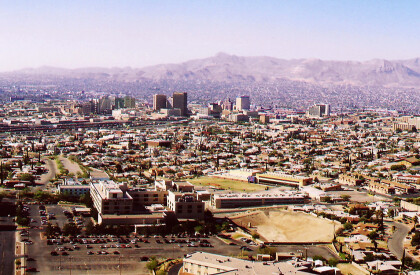
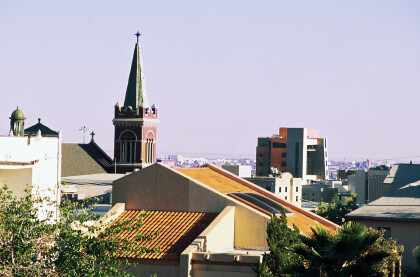
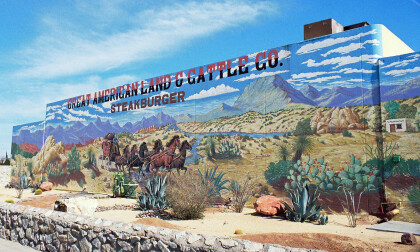
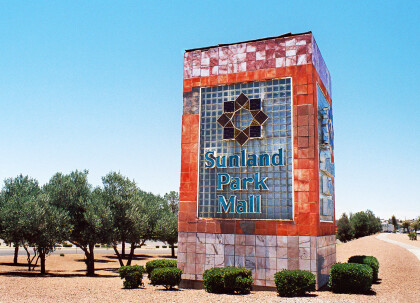
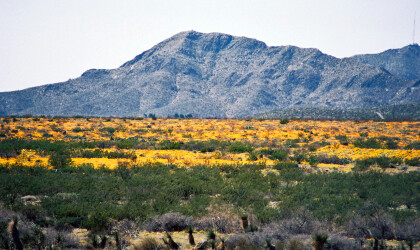
Comentarios
Hacer un comentario